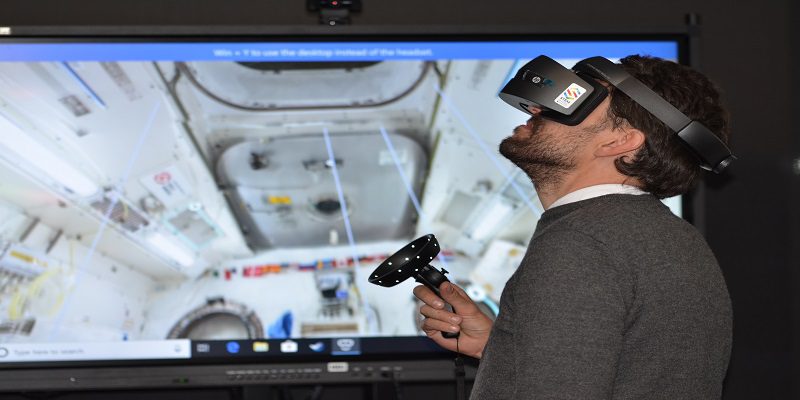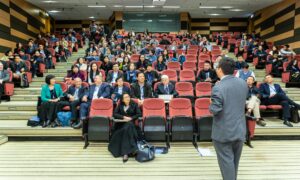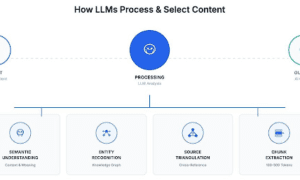In recent years, the concept of the Metaverse has captured the imagination of tech enthusiasts, innovators, and futurists alike. Coined by Neal Stephenson in his 1992 science fiction novel “Snow Crash,” the Metaverse refers to a collective virtual shared space that is created by the convergence of physical and virtual reality. As technology continues to advance, companies are increasingly exploring the creation of their own Metaverse, envisioning a digital frontier where users can interact, work, and play. However, the road to building a fully functional Metaverse is not without its challenges. In this blog post, we will assess some of the key obstacles that must be overcome in order to bring the Metaverse from concept to reality.
Quest for Metaverse Interoperability and Standardization
One of the fundamental challenges in creating a Metaverse is achieving interoperability and standardization across various platforms and technologies. Currently, there is a lack of uniformity in hardware, software, and communication protocols, making it difficult for different virtual environments to seamlessly connect. For a true Metaverse to emerge, there must be a concerted effort to establish common standards that enable users to transition seamlessly between different virtual spaces, regardless of the underlying technology.
Technical Infrastructure
The ambitious goal of constructing a Metaverse demands a robust technical infrastructure capable of supporting the complexities inherent in vast virtual landscapes. High-performance computing, low-latency networks, and cutting-edge rendering capabilities are essential components. The challenge, therefore, extends beyond the initial development phase to maintaining and continually upgrading this infrastructure to accommodate the dynamic nature of the Metaverse.
User Privacy and Security Concerns of Metaverse
As users immerse themselves in the Metaverse, concerns about privacy and security loom large. The collection and storage of substantial personal data to enhance personalized experiences necessitate stringent measures to safeguard user information. Striking the right balance between personalization and privacy is not only a technical challenge but also a crucial step in building and maintaining user trust within the Metaverse.
Metaverse Content Moderation and Governance
In a space as expansive and diverse as the Metaverse, ensuring appropriate content moderation and governance presents a significant challenge. Preventing the spread of misinformation, moderating user-generated content, and establishing guidelines for acceptable behavior within the virtual world are complex tasks. Striking the right balance between freedom of expression and maintaining a safe and inclusive environment is a challenge that developers and policymakers must address.
Inclusivity and Accessibility
Ensuring that the Metaverse is accessible to individuals of all abilities and backgrounds is a moral imperative. Developers must prioritize digital accessibility, ensuring compatibility with assistive technologies. Moreover, addressing the diverse needs of users is vital for fostering inclusivity. Overcoming barriers to entry and creating a Metaverse that caters to a broad demographic will be instrumental in its widespread adoption.
Legal and Ethical Challenges
The uncharted territory of the Metaverse brings forth a myriad of legal and ethical dilemmas. Intellectual property rights, virtual property ownership, and jurisdictional matters require careful consideration. Crafting a legal framework that strikes a delicate balance between protecting creators’ rights and fostering innovation in the virtual space is a complex task that demands collaboration between legal experts, policymakers, and technologists.
Cost and Accessibility of Hardware
While the concept of the Metaverse is enticing, the reality is that many potential users may face barriers due to the cost and accessibility of the required hardware. High-end virtual reality (VR) devices and powerful computing systems can be expensive, limiting the accessibility of the Metaverse to a certain demographic. Bridging this gap and making the Metaverse more inclusive will require advancements in hardware affordability and accessibility.
Cultural and Societal Acceptance
Introducing the concept of the Metaverse into mainstream culture requires overcoming resistance and skepticism. Convincing individuals to embrace a virtual existence and integrate it into their daily lives poses a significant challenge. Educating the public about the potential benefits and addressing concerns will be crucial for the widespread acceptance of the Metaverse.
The Road Ahead
As the Metaverse evolves from a conceptual dream to a tangible frontier, addressing these challenges becomes imperative. Interoperability, technical infrastructure, user privacy, content moderation, inclusivity, legal frameworks, hardware accessibility, and societal acceptance are all critical pieces of the intricate puzzle. The collective efforts of innovators, developers, policymakers, and the public will shape the Metaverse, paving the way for a transformative era where the boundaries between physical and virtual reality blur, ushering in a new paradigm of interconnected digital experiences. The journey is challenging, but the destination holds the promise of a revolutionary leap in how we perceive and interact with the digital world.
Conclusion
As we stand on the cusp of a potential Metaverse revolution, it is essential to acknowledge and address the challenges that lie ahead. Interoperability, technical infrastructure, privacy concerns, content moderation, inclusivity, legal frameworks, hardware accessibility, and societal acceptance are all critical aspects that must be carefully navigated. While the road to building a fully functional Metaverse may be fraught with obstacles, overcoming these challenges could pave the way for a new era of interconnected digital experiences that redefine the way we work, play, and interact in the virtual realm. As technology continues to advance, the dream of a fully realized Metaverse may be closer than we think, with innovators and developers working tirelessly to turn this futuristic vision into a tangible and inclusive reality.



































